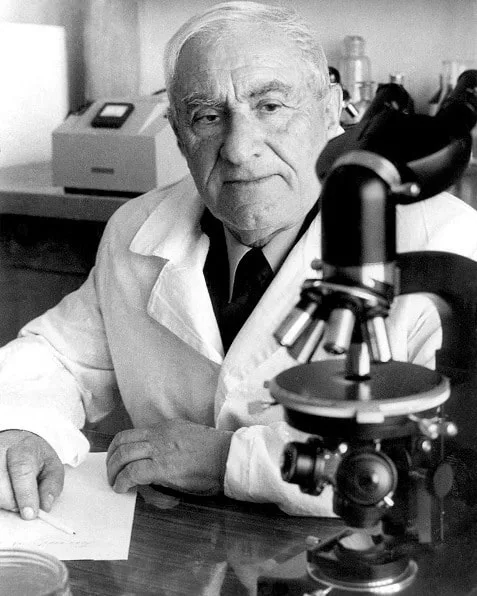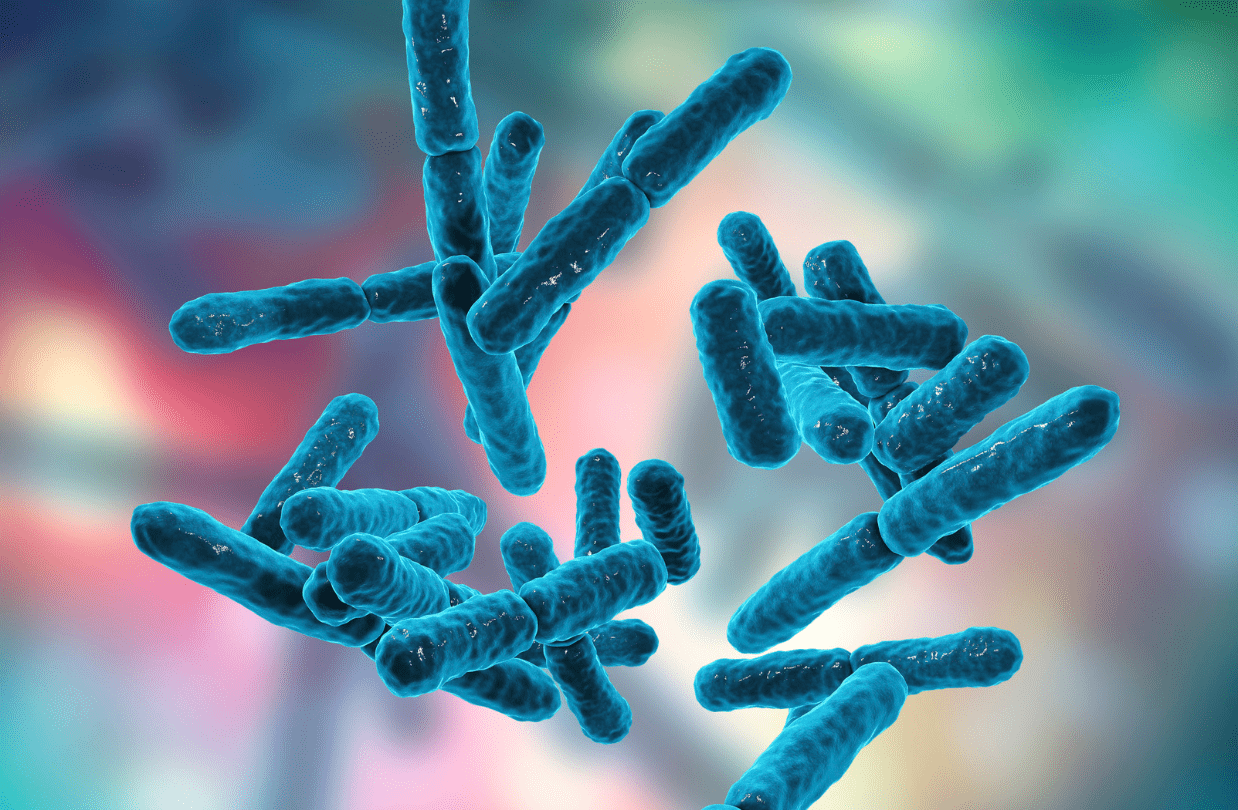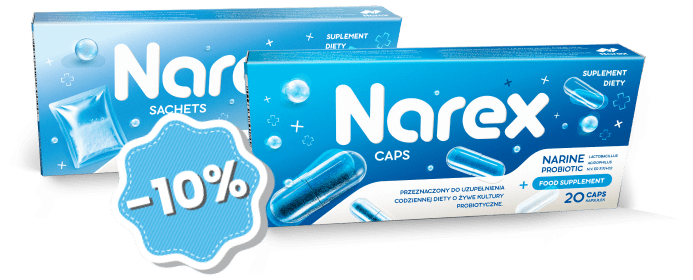
Levon Akopovich Erzinkyan, an Armenian researcher, identified and isolated the Narine strain, a lactic acid bacterium with remarkable resilience to antibiotics, bile, and acid. It received official registration in 1964.
The Narine strain (L. acidophilus n.v. Er 317/402) features highly active, robust bacteria that tolerate phenol (0.5–0.6%), colonize the gut effectively, and resist many antibiotics and chemotherapeutics.
Narine is used not only in medicine but also across the food industry, where it plays a role in producing fermented dairy products. The strain is valued for its probiotic effects that can support digestion and contribute to overall well-being.
From its discovery onward, the Narine strain has been widely recognized worldwide as both highly trusted and exceptionally safe.
History of Narine
The first reference to Narine milk appears in L.A. Erzinkyan’s 1965 work, “Preparation and Use of Medicinal Acidophilic Milk and Narine Milk” (Yerevan, Publishing House). In the preface, A.B. Aleksanyan of the USSR Academy of Medical Sciences noted that Erzinkyan proposed Narine milk for artificial infant feeding. The dairy products developed with Narine are acidophilic milks based on the monoculture Lactobacillus acidophilus n.v. Er 317/402. The strain was named after the author’s granddaughter, Narine.
Because of its distinctive biological activity and research-backed probiotic effects, supplementation with the Narine strain is widely used and recommended to support gut health and overall immunity. The strain is officially deposited at the Republican Microbe Deposit Center of the National Academy of Sciences of Armenia.


Yerevan, the creator of Narine
Letters with an address as brief as that reached Professor Erzinkyan. Physicians, staff of children’s institutions, directors of research institutes, and parents wrote to him. More than 30 years have passed since the death of Professor Levon Akopovich Erzinkyan, yet his name is still known to all whose lives were saved thanks to the discovery of acidophilic cultures.
Until 1992, Narine was in wide use across 42 dairies in Armenia. At the Arabkir Children’s Clinical Hospital dairy alone, more than 68,000 kilograms of Narine and acidophilic milk were prepared and distributed in 1988. Starter cultures were shipped to 50 locations outside the Armenian SSR, reaching companies in Canada, the former Yugoslavia, the Netherlands, India, Turkey, and beyond.
Industrial-scale production started at the Yerevan Dairy Plant in 1973, though the product’s broader recognition arrived much later.
Global Expansion
Today, Narine comes in multiple forms – liquids, sachets, tablets, capsules and ointments. Worldwide, numerous products aim to prevent disruptions and help restore the intestinal microbiota, from children’s dairy foods to dry bacterial preparations. Comparative studies indicate that, in both range and versatility of use, Narine stands without precedent among other microbiological products. Around the world, Narine is often chosen in place of antibiotics or hormonal preparations, highlighting both its effectiveness and its favorable safety record.
Thanks to ongoing research and innovation, Narine has gained international recognition and is now used in many countries around the world. The unique properties of the strain make it indispensable in various fields, from the food industry to veterinary medicine – emphasizing its versatility and reliability.
In 2009, Narex probiotics were awarded the Honorary Medal of Mechnikov “For Contribution to Strengthening the Nation’s Health” as well as the Paul Ehrlich Medal “For Special Services to Preventive and Social Medicine.”


The Secret of Narine and Its Role After Chernobyl
Despite its wide use in Armenia, the existence of the Narine bacterium was kept as a state secret by the USSR. Information about its use by Soviet astronauts was only revealed in the United Kingdom in 2009.
After the Chernobyl disaster in 1986, Narine was used to treat dysbiosis in people exposed to radiation, showing significant radioprotective effects. Its effectiveness in such conditions led to a recommendation for its use by the WHO. This marked the beginning of Narine being recognized as a product of high therapeutic value.
Beyond its application in treating those exposed to radiation, Narine was also tested in other challenging medical conditions, further confirming its versatility and effectiveness. The unique probiotic properties of the strain attracted the attention of scientists worldwide, resulting in numerous studies and scientific publications.
As one of the few probiotics, Narine has gained recognition from both researchers and medical practitioners, confirming its exceptional role in the history of probiotics.
Revolution in the world of probiotics
Lactobacillus acidophilus n.v. Er 317/402 Narine, a unique probiotic naturally present in the human body, stands out from other Lactobacillus acidophilus strains.
It has exceptional adaptive abilities, persisting in the intestines for up to two weeks where it can multiply. It shows strong adhesion, reinforcing the gut barrier against pathogens. It is bile- and acid-resistant, staying active at low pH. The strain is highly active in the colon and is resistant to antibiotics and other therapeutic agents. It promotes interferon production, supports nutrient absorption, and has broad medical applications. Safely used for more than 60 years, Narine helps restore the natural intestinal microflora, which is vital for health.








